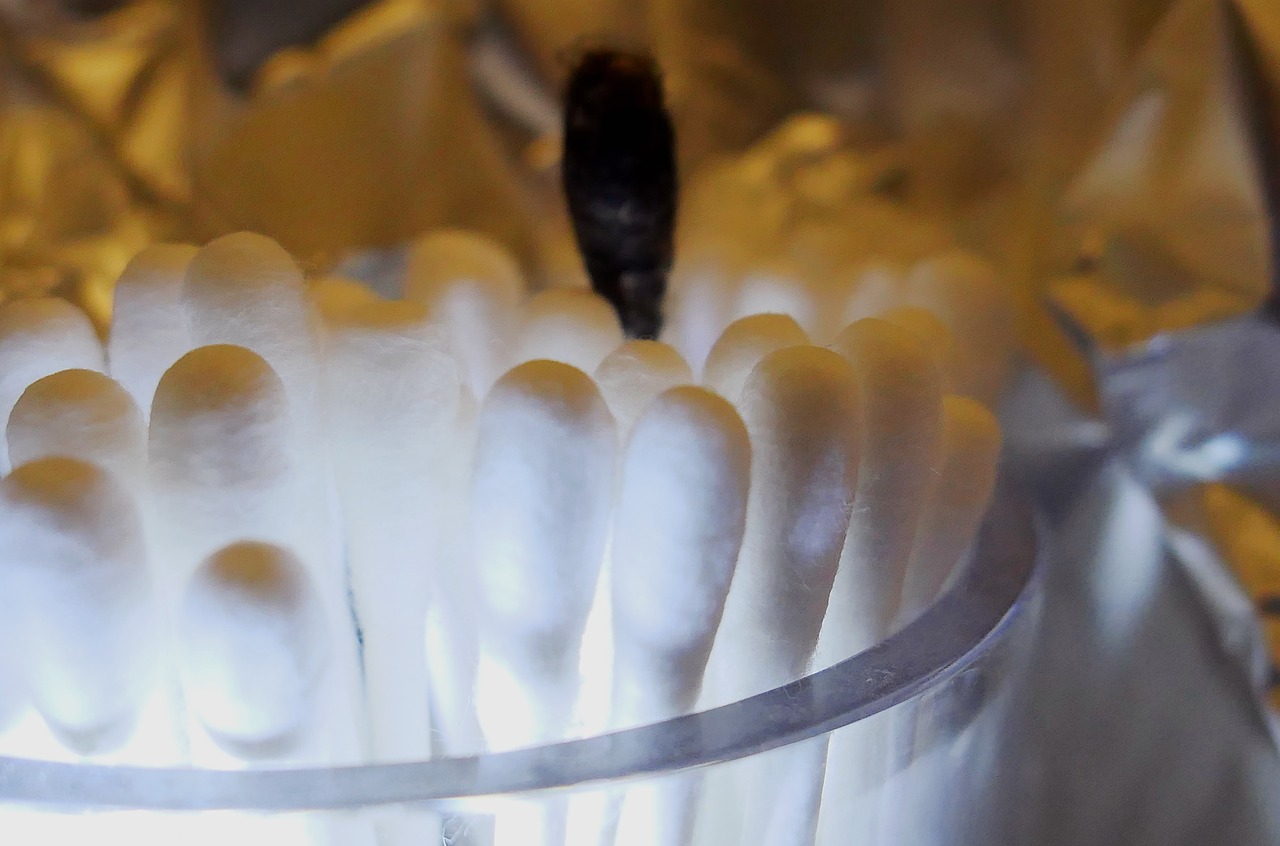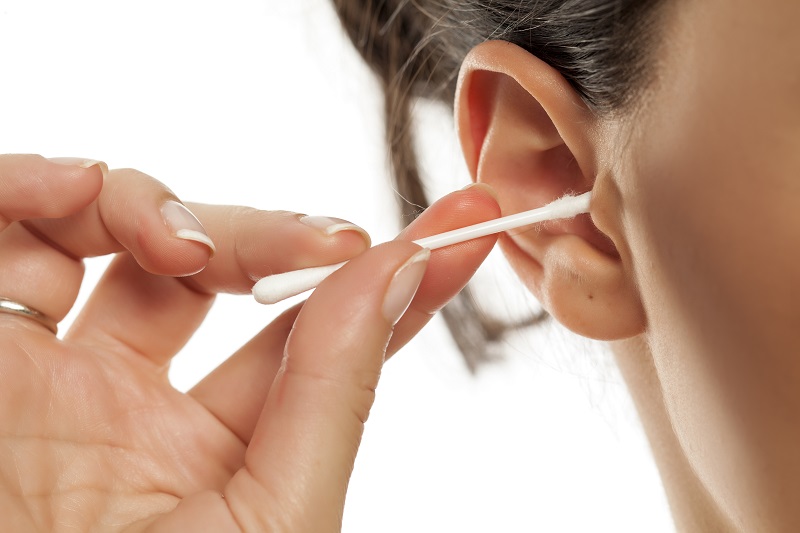Cleaning your ears is an important part of personal hygiene, and it’s essential to do it safely to avoid any damage to your ears. Here are some guidelines for safely cleaning your ears:
- Avoid using cotton swabs (Q-tips): While cotton swabs are commonly used for ear cleaning, they can push earwax deeper into the ear canal, leading to blockages or damage. It’s best to avoid using them for ear cleaning purposes.
- Clean the outer ear: The outer part of your ear, called the auricle or pinna, can be cleaned using a soft cloth or tissue. Gently wipe the outer ear to remove any dirt or debris.
- Let the earwax come out naturally: The ears are self-cleaning, and earwax (cerumen) plays a vital role in protecting the ear canal. Allow the earwax to naturally migrate out of the ear. Jaw movements during eating or talking can assist in this process.
- Avoid excessive earwax removal: Unless you have a specific medical condition or earwax blockage that needs professional attention, it’s generally not necessary to remove earwax. The earwax usually moves out of the ear on its own.
- Seek medical assistance for blockages or discomfort: If you experience symptoms like earache, hearing loss, or a feeling of fullness in the ear, consult a healthcare professional. They can determine if there’s an earwax blockage or any other issue that requires treatment.
Remember, it’s essential to be gentle when cleaning your ears and to avoid inserting any objects into the ear canal. If you have excessive earwax buildup or persistent issues with your ears, consult a healthcare professional for proper evaluation and guidance.

How to safely remove earwax at home?
If you have excessive earwax buildup and it’s causing discomfort or affecting your hearing, you may consider using home remedies to soften and remove the earwax. Here’s a step-by-step guide on how to safely remove earwax at home:
- Use eardrops: Purchase over-the-counter eardrops specifically designed to soften earwax. These drops usually contain mineral oil, baby oil, glycerin, or hydrogen peroxide. Follow the instructions on the packaging for proper usage. Typically, you’ll need to tilt your head and administer a few drops into the affected ear, while keeping your head tilted for a few minutes to allow the drops to reach the earwax.
- Gently irrigate the ear: After using eardrops for a few days to soften the earwax, you can try gently irrigating the ear to remove the softened wax. Fill a rubber bulb syringe with warm water (body temperature), tilt your head to the side, and gently pull the outer earlobe upward to straighten the ear canal. Squeeze the bulb syringe to release a gentle stream of water into the ear canal. Avoid using forceful pressure, as it can damage the eardrum.
- Allow the water to drain: Keep your head tilted for a few seconds to allow the water and dislodged earwax to drain out. You can use a clean towel to catch the water and any debris that comes out.
- Repeat if necessary: If you still have excessive earwax or feel discomfort after the first attempt, you can repeat the process of using eardrops and irrigating the ear. However, if your symptoms persist, it’s best to seek medical attention.
It’s important to note that this method is suitable for mild cases of earwax buildup and should not be used if you have a perforated eardrum, ear infection, or any other ear-related conditions. If you’re unsure about the procedure or if you experience pain, bleeding, or worsening symptoms, consult a healthcare professional for proper evaluation and guidance.

What problems can excessive earwax cause?
While earwax (cerumen) is a natural substance that helps protect the ear canal, excessive or impacted earwax can cause various problems. Some of the issues that earwax can cause include:
- Hearing loss: Excessive earwax can block the ear canal and interfere with sound transmission, leading to temporary hearing loss.
- Earache: Buildup of earwax can create pressure on the eardrum, causing discomfort or pain in the ear.
- Tinnitus: A feeling of ringing, buzzing, or other noises in the ear (tinnitus) can be caused or exacerbated by impacted earwax.
- Vertigo or dizziness: In some cases, excessive earwax can affect the balance organs in the inner ear, leading to feelings of dizziness or vertigo.
- Ear infections: Earwax buildup can create a moist environment that promotes bacterial or fungal growth, increasing the risk of ear infections.
- Coughing or persistent cough: In rare cases, stimulation of the ear canal due to earwax buildup can trigger a reflex that leads to coughing.
- Discomfort or fullness in the ear: When earwax accumulates, it can create a sensation of fullness, blockage, or a plugged ear.
It’s important to note that not all earwax requires removal. The ears are self-cleaning, and in most cases, the earwax will naturally migrate out of the ear canal. However, if you experience any of the above problems or have concerns about your earwax, it’s best to consult a healthcare professional for proper evaluation and guidance. They can determine if there is an earwax blockage and provide appropriate treatment if necessary.
